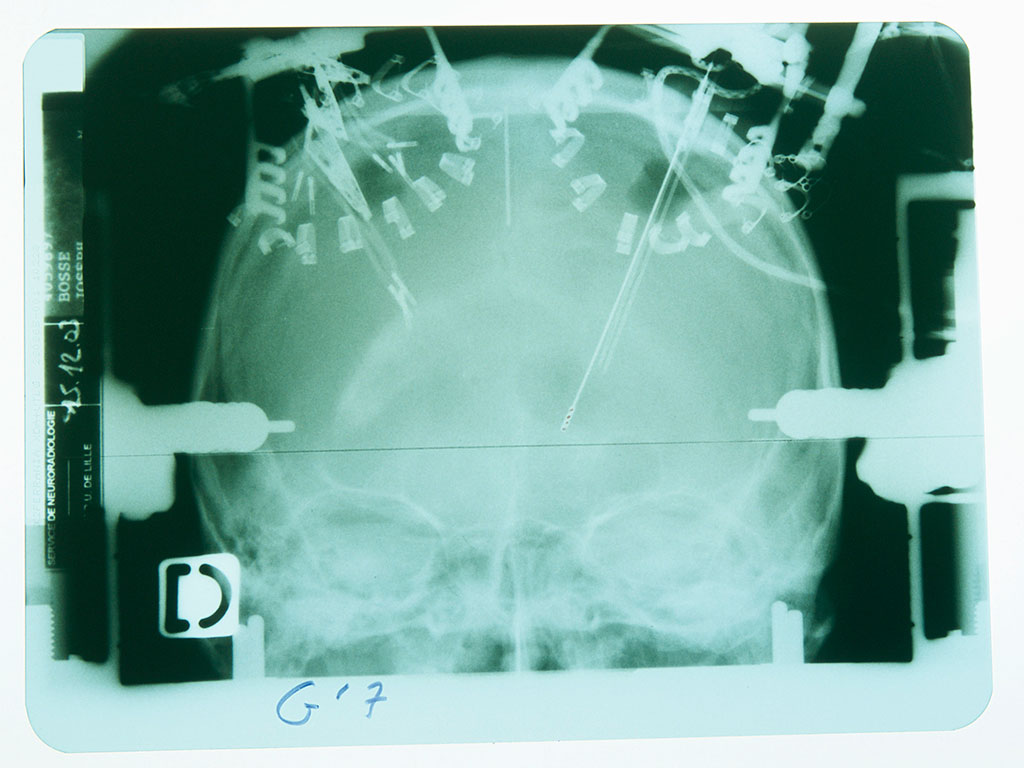DARPA’s neural implant will make brain-computer interfacing a practical reality
The US military is developing a neural implant that will let your brain control and communicate with computer systems

The Defence Advanced Research Projects Agency (DARPA) has launched a new programme that aims to create an implantable neural device that will allow unparalleled connectivity between the human brain and the digital realm.
The device will act as a sort of digital translator, capable of transforming electrochemical signals originating in the brain into binary code, which computing technology is able to understand.
The wider aim is to enhance the research capabilities of neurotechnology
“Today’s best brain-computer interface systems are like two supercomputers trying to talk to each other using an old 300-baud modem”, said Phillip Alvelda, the Neural Engineering System Design (NESD) programme manager. “Imagine what will become possible when we upgrade our tools to really open the channel between the human brain and modern electronics.”
The agency is aiming to create a biocompatible device that is no larger than one cubic centimetre, making it as minimally invasive as possible.
The neural implant is just one of the projects DARPA and the NESD programme are working on. The wider aim is to enhance the research capabilities of neurotechnology in order to better understand the brain and how it functions, and discover new therapies. Among the programme’s potential applications are devices that could compensate for deficits in sight or hearing by feeding digital auditory or visual information into the brain at a resolution and experiential quality far higher than is possible with current technology.
The NESD programme is one part of a much larger project within DARPA that aims to support President Barack Obama’s BRAIN initiative, launched in April 2013.













